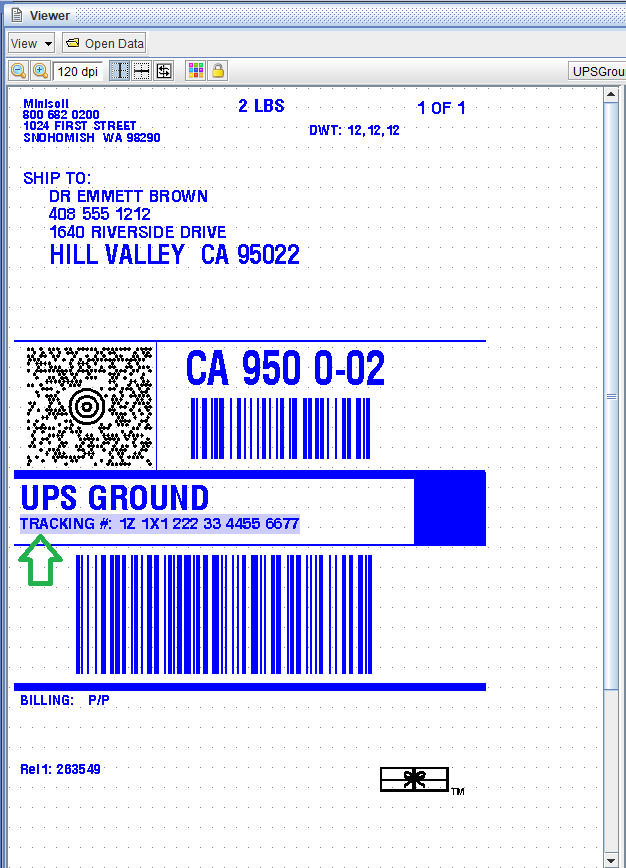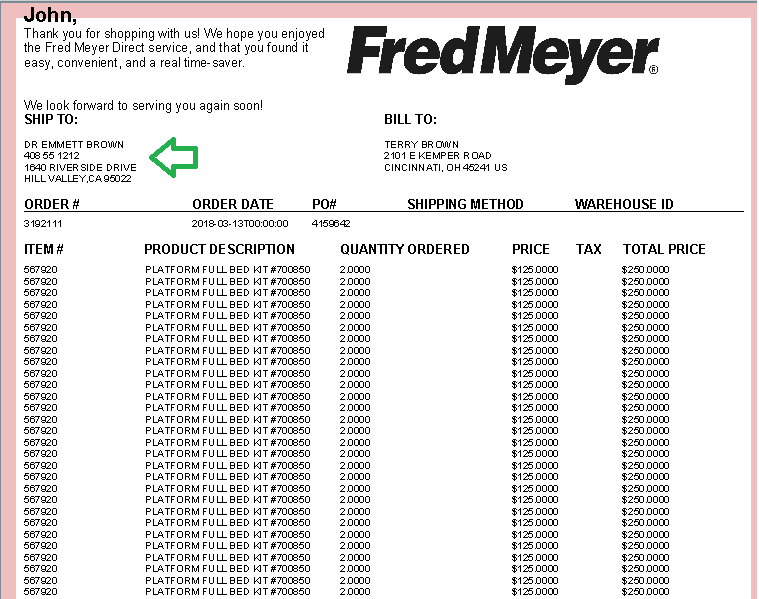How to Use eFORMz to Create Dropship Packing Lists
Note: Consult our Dropship Standardized XML Schema post
Minisoft maintains a library of packing lists of popular retail brands (over 200 and counting) for the purpose of drop shipping and third-party fulfillment. To use the drop shipping and third-party fulfillment templates you must decide how you will be giving eFORMz the data to display on the packing slip. Some common methods include:
- Relational Database Queries
- Web Service Calls (Salesforce, NetSuite, etc.)
- XML Data Files
- Virtual Printer
- Monitoring a Directory
For more information, view the following resource: How Does eFORMz Integrate?
In this article, we will describe how easy it is to use the eFORMz dropship library through a relational database query. Other methods will vary slightly but will generally follow the same process:
- Capture information from the shipping label used for matching with a packing list
- Execute a stored procedure, a web service call or some other action to retrieve the packing list
- Capture the data through eFORMz variables
- Place and position the data on the form
Using the Dropship Library
eFORMz has powerful functionality for extracting data from a shipping label. It will be able to use any type of shipping label, such as Fedex, UPS, USPS, OnTrac and others. The tracking number of any shipping label or any ZPL file can be extracted and utilized by eFORMz. Why do we want to extract the tracking number? It is a common identifier for a database to distinguish data among the different pack slip orders. It is commonly used as a parameter for stored procedures in database calls.
This is what the tracking number looks like once it is captured by an eFORMz variable.
eFORMz can execute stored procedures in a database as shown below.
- The blue arrow is the name of the database.
- The first green arrow is the SQL statement and the second green arrow is the input parameter of the tracking number that was extracted from the shipping label.
- The pink arrow is the output parameters of the stored procedure call. These parameters are the different columns returned from the stored procedure call.
Here is what the data returned by the stored procedure looks like upon being stored in eFORMz variables.
Next, the data is placed into the dropship templates. This example shows the data being placed into a Fred Meyer template but could be used for any of the 200+ templates.
Summary – Database Method
- Capture the tracking information of the label or some other common identifier for a database to distinguish data
- Execute a stored procedure or a statement to retrieve the data
- Capture the data through eFORMz variables
- Place and position the data on the form




